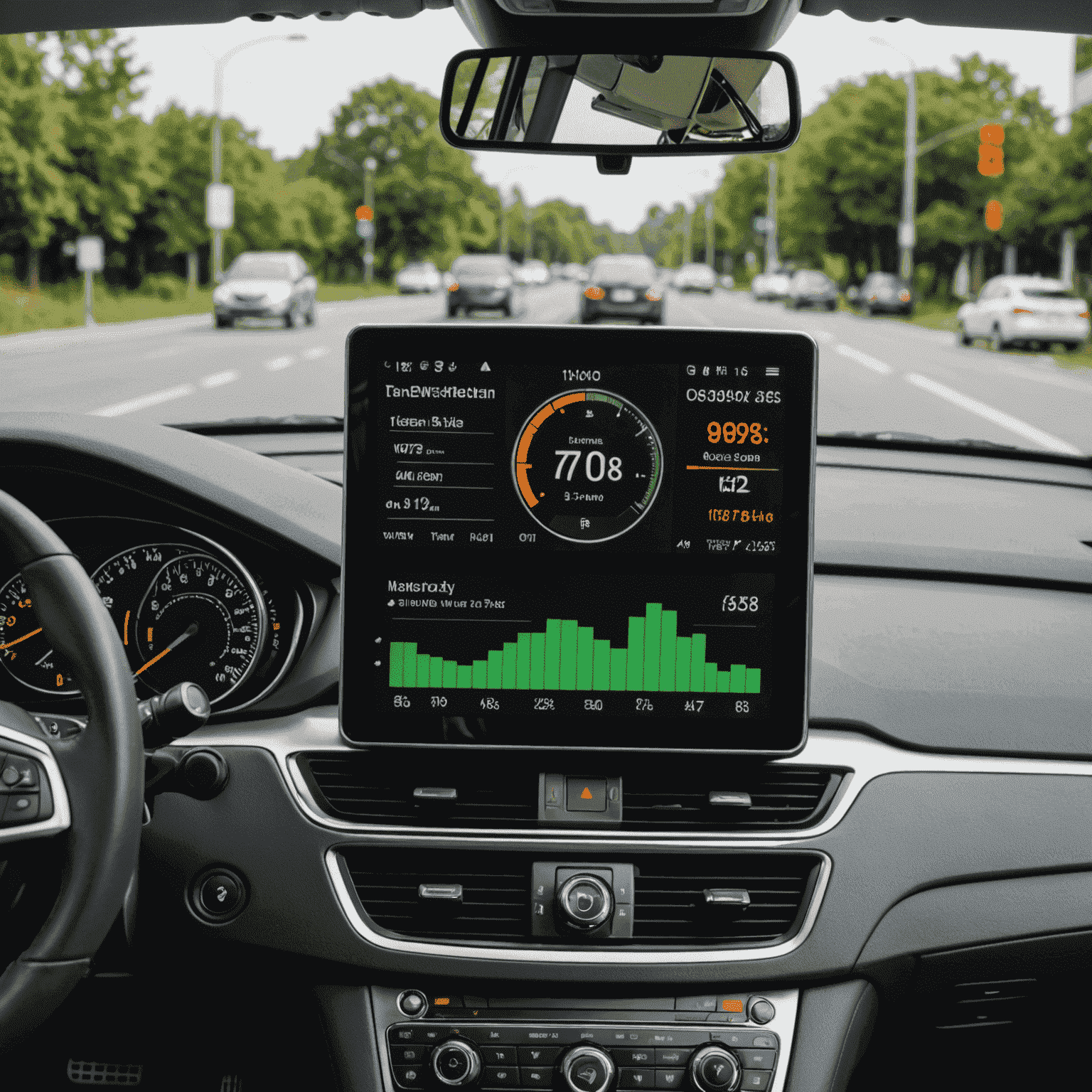How Telematics Affects Your Insurance Rates

Telematics technology is revolutionizing the auto insurance industry, offering a more personalized approach to determining premiums. This article explores the various ways telematics data can influence your insurance rates, both positively and negatively.
What is Telematics?
Telematics in auto insurance refers to the use of devices that collect and transmit data about a vehicle's usage and the driver's behavior. This technology allows insurance companies to gather real-time information about how, when, and where a vehicle is driven.
Positive Impacts on Insurance Rates
- Safe Driving Rewards: Demonstrating consistent safe driving habits can lead to significant premium reductions.
- Low Mileage Discounts: Drivers who use their vehicles less frequently may qualify for lower rates.
- Accurate Risk Assessment: Telematics provides insurers with more precise data, potentially leading to fairer pricing for low-risk drivers.
Potential Negative Impacts
- Higher Rates for Risky Behavior: Frequent hard braking, speeding, or driving during high-risk hours could increase premiums.
- Privacy Concerns: Some drivers may feel uncomfortable with the level of data collection involved.
- Technical Issues: Malfunctioning devices could potentially misrepresent driving habits.
The Future of Telematics in Insurance
As intelligent monitoring systems in auto insurance continue to evolve, we can expect even more sophisticated analysis of driving data. This may include integration with smart city infrastructure and advanced AI algorithms to provide even more accurate risk assessments.
Conclusion
Telematics is transforming the landscape of auto insurance, offering the potential for more personalized and fair pricing. While it presents numerous benefits for safe drivers, it's important to understand both the advantages and potential drawbacks of opting into a telematics-based insurance program.
